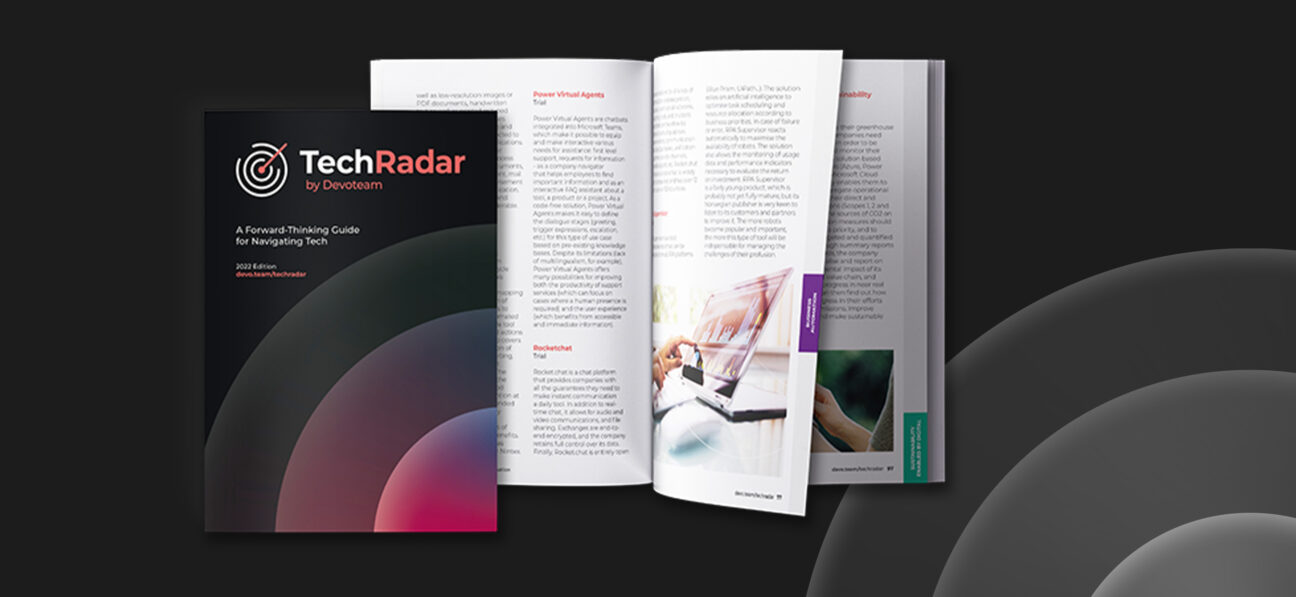
Since its release in 2014, Kubernetes (also known as K8s) has made a name for itself as one of the most powerful container orchestration solutions available today. One thing it’s not known for, however, is its simplicity.
For developers, navigating the complex, text-based Kubernetes interface without the aid of a visual environment is fraught with operational difficulties, limited visibility, and a high probability of error – that’s where Lens comes in.
Arguably one of the most popular Kubernetes tools available today, Lens helps eliminate the complexity of Kubernetes and provides a feature-rich graphic interface that enables users to easily manage and monitor Kubernetes clusters in real-time.
In this article, we’ll explore some of the features and benefits that make Lens the software of choice for both developers and operators working with Kubernetes and cloud-native applications.
What is Lens?
Lens is an Integrated Development Environment (IDE) that enables users to connect and manage multiple Kubernetes clusters from Mac, Windows, and Linux platforms.
The feature-rich and intuitive graphic interface allows users to deploy and manage their clusters directly from the console. At the same time, built-in dashboards provide key metrics and insight into everything running in the cluster, including deployments, configurations, networking, storage, access control, and even custom resources.
Where Did Lens Come From?
Lens was originally developed by Kontena, a Finnish tech startup, as a way to manage the online services the company was running on top of its Kubernetes distribution Pharos.
In 2020, Lens was acquired and released by Mirantis as an open source project under the MIT license and has since become one of the highest trending projects in the cloud-native ecosystem. The software is available for free download on Github and the Lens website.
Today, the community has grown to include over 17,000 stargazers on Github alone, and more than 450,000 users across 50,000 organizations – from startups to large enterprises including Apple, Rakuten, Zendesk, Adobe, Google, and TIM.
How is Lens Different From Other Kubernetes IDEs?
As we mentioned earlier, the complexity of Kubernetes is a well-known issue within the DevOps world, which is why it’s no surprise that a robust ecosystem of solutions has emerged to help simplify cluster management on the platform.
Yet despite the multitude of options, Lens remains one of the most popular Kubernetes IDEs on the market, with over 5 million downloads since its release. So what is it that makes Lens different from other Kubernetes IDEs?
Here are 3 key differentiators that set Lens apart:
- Simplicity: As a standalone application, Lens gives users the ability to manage all clusters on any platform simply by uploading the kubeconfig file. Furthermore, as a GUI, Lens provides a “point and click” approach to cluster management that eliminates the complexity of working in a command-line interface (CLI).
- Accessibility: Lens allows users to create a unified catalog of clusters, services, workloads, tools, automations, and related resources together for easy access and a unified view of monitoring in real-time. Single-point access to events, logs, and metrics allows users to troubleshoot errors and navigate easily to find the root cause before it becomes a problem.
- Complete Customization: Lens Extensions add custom functionality and services to accelerate development workflows for both Kubernetes-integrated technologies and other cloud-native technologies. Users can choose from hundreds of Lens Extensions built by the community and the cloud-native ecosystem, or even build their own.
What are the Top 6 Features of Lens?
Lens is often referred to as the most powerful Kubernetes IDE on the market today – and for good reason. Let’s take a closer look at the Top 6 features that Lens has to offer.
- Instant Situational Awareness in Context: For Kubernetes applications and clusters, Lens offers the easiest and fastest way to gain situational awareness in real-time. An integrated context-aware terminal, built-in Prometheus metrics, and comprehensive logging enable users to easily navigate through all the layers in a stack, access performance data and resolve issues quickly.
- Multiple Workspaces: Lens Workspaces is designed to simplify the experience of working with multiple clusters by enabling users to organize clusters into logical groups. Each individual workspace includes a list of clusters and their full configuration, allowing users to effectively access, manage, or remove a group of clusters as needed.
- Multi-Cluster Management on Any Cloud: Lens gives users access to work with multiple Kubernetes clusters (whether local or external) on any cloud. These include clusters on minikube, Docker Desktop, Docker Enterprise, EKS, AKS, GKE, Rancher, or Red Hat OpenShift. Users can add clusters by importing the kubeconfig file with the cluster details directly into the application.
- Context-Aware Terminal: For users who prefer command-line utility, Lens features a built-in terminal that uses a version of kubectl that is always API-compatible with the chosen cluster. The terminal both automatically downloads and assigns the correct kubectl version in the background, and maintains the correct version and context while switching between clusters.
- Built-In Prometheus Stats: Lens comes with a built-in, multi-user Prometheus setup that provides real-time graphs and resource utilization charts integrated directly into the dashboard with role-based access control (RBAC) for each user. This means that users can only work with visualizations for the namespaces and resources they have permission to access.
- Helm Charts Management: Helm is the package manager for Kubernetes, meaning that the majority of Kubernetes workloads and services are deployed as Helm charts. With the built-in Helm integration, users can quickly browse, modify configuration settings, deploy, and manage thousands of publicly available Helm charts with single-click upgrades.
The Big Picture
Kubernetes is a complex platform with rapidly expanding capabilities, which makes it a powerful solution for businesses moving toward containerization. With its rich set of features and user-friendly dashboard, Lens provides an effective means of simplifying multi-cloud management for new and experienced developers alike.
For businesses who want the benefits of Kubernetes – without the complexity – Lens is well worth considering.
Take Part in the Devoteam Community
This article is part of a larger series focusing on the technologies and topics found in the first edition of the TechRadar by Devoteam. To see what our community of tech leaders said about the current position of Lens in the market, take a look at the most recent edition of the TechRadar by Devoteam

Want to know more about Lens?
Check out our TechRadar by Devoteam to see what our experts say about its viability in the market.